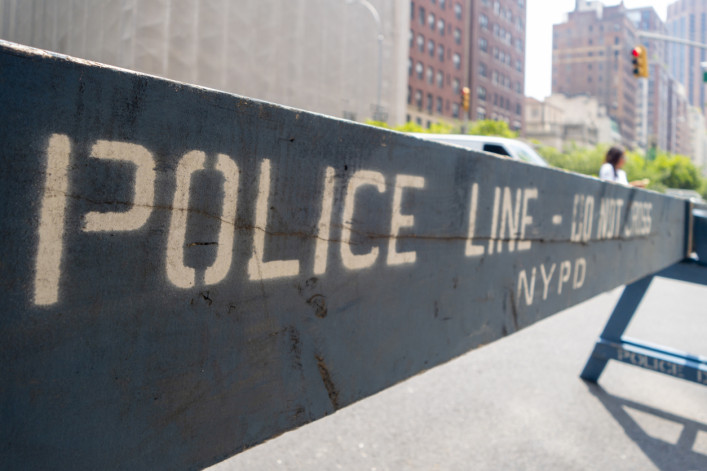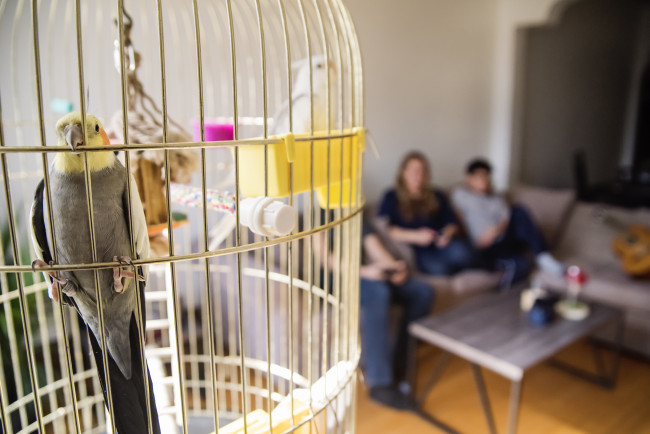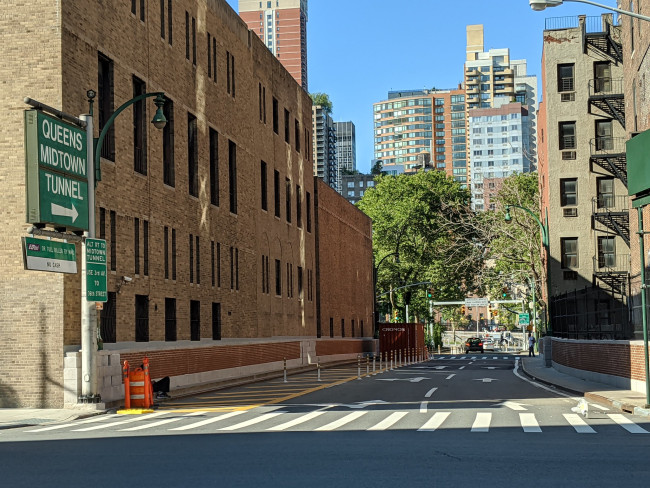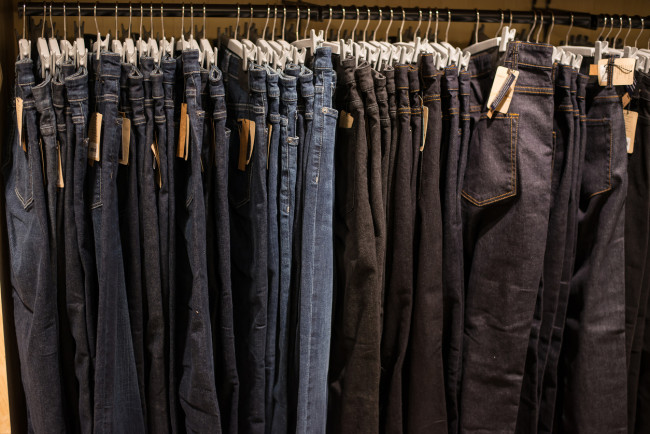I live near Gracie Mansion. I support the protestors, but this summer was no picnic

And now, after the protests have slowed down, much of the area remains impeded by barricades.
iStock
When I first moved to my Yorkville neighborhood seven years ago, one of things I liked most about it was being so close to Carl Schurz Park, and the entrance closest to me is the one just outside Gracie Mansion.
At first, I didn’t know much about the huge house at the entrance except it was where mayors were allowed to live while in office. But that summer I moved in, tours were offered for free. Space was limited so I made sure I got my ticket.
I arrived and joined 19 other people for an hour-long tour of the property. While a bit dated for my own modern and flamboyant tastes, I learned a lot: It was built in 1799 by Archibald Gracie and is now one of the oldest surviving wood structures in Manhattan.
[Editor's Note: Brick Underground's series “Living Next to” features first-person accounts of what it’s like to have an iconic or unusual New York City neighbor. Have a story to share? Drop us an email. We respect all requests for anonymity.]
At the time, Michael Bloomberg was the mayor and he didn’t actually live there— he only used it for events—so I didn’t think much more about it. I walked my dog past it to get to the water and have for years. These days I walk past it to get to the new Soundview ferry entrance on 90th Street. Generally, the whole park area was clean, safe and quiet at pretty much any time of day or night. When de Blasio took office a few years ago there seemed to be more police stationed nearby, but their presence made me feel even safer about walking my dog there during late nights.
Beyond that, I simply thought it was nice to look at while walking on the path to gaze at the East River.
However, this summer all of that changed drastically. Living next to Gracie Mansion became the bane of my existence. In the midst of the pandemic, my goal was to stay away from people as much as I could. After being in lockdown, I was wary of crowds and loud noises, much like a prisoner must feel upon release after a lengthy jail sentence. Things seemed brighter and louder in general those first few weeks once Phase 1 began.
Yorkville—especially by the spacious park—tends to be fairly quiet and empty even at the height of summer. But as the protests started this summer, the crowds came, most from outside the Upper East Side, congregating on my block outside the mayor’s home.
While I certainly understand the protests and am all for civil disobedience, I secretly wished they weren’t directly outside my building or near my block. I hated having these NIMBY thoughts and largely kept them to myself (that is, until I wrote this) and just was sure to stay inside even more. The area seemed to become a mecca for protestors to meet, stage vigils and sit-ins around the mansion. But because security wouldn’t allow anyone to get close, my block and most entrances to the park where I’d walk daily, were blocked off. And not just during protest days or hours, but pretty much all the time, even when nothing noteworthy was happening. I hoped that at 8 a.m. there would be different rules than at 8 p.m. when crowds were heading Uptown—but I was wrong.
Suddenly my refuge was no longer available. And even when I could enter the park, I’d have to walk all the way down to the lower 80s to find a clear entrance and then couldn’t walk the loop around the park and to the ferry because many paths ended in police grate roadblocks to prevent anyone getting near the mansion.
The “People’s House” became quite the opposite. In a time when I needed the park more than ever, I had less outdoor space to roam in, not more. As time went on, the surrounding area also became more and more littered with trash as well.
Then in late June and early July, there was a nightly spate of rogue fireworks displays, waking area residents at the wee hours of the morning. Apparently, this wasn’t just happening on the UES or in NYC. Illegal fireworks became a national story.
And for several weeks, when area residents were awakened by fireworks, they took out their frustration by loudly protesting on my block outside of the mansion, in the hopes of alerting de Blasio to the noise issue, but in doing so created a new noise issue for those of us in the area. Drivers went past the mansion honking their horns in protest.
However, if two wrongs don’t make a right, two raucous events do not lead to more quiet.
Still, I tried to squash my concerns. Protestors had a right to protest and my personal discomfort was a small price to pay. But it turns out I was not the only one in the immediate area who had these same deep thoughts: The New York Post ran a story last month about just this.
The article featured folks echoing my sentiments exactly: while other areas of the city were being allowed to have streets roped off for more public access, my neighborhood was facing even greater restrictions.
One resident pointed out the ample blockades were excessively prohibitive, “Anyone using a wheelchair, stroller or bike can’t continue.”
And now, even after most of the protests have slowed and there have been no vigils or sit-ins for weeks, the blockages still prevent me (and other park visitors) from accessing a huge portion of the park by the mansion. Getting to and from the ferry is a ridiculously long walk because the path from the ferry entrance is blocked, so one needs to walk nearly a half mile extra just to exit onto East End Avenue.
Recently a friend came to visit and as we walked our dogs in the direction of the water, once again there were NYPD vehicles barring the entrance. I joked that I expected there to be a moat around Gracie Mansion soon.
You Might Also Like



























